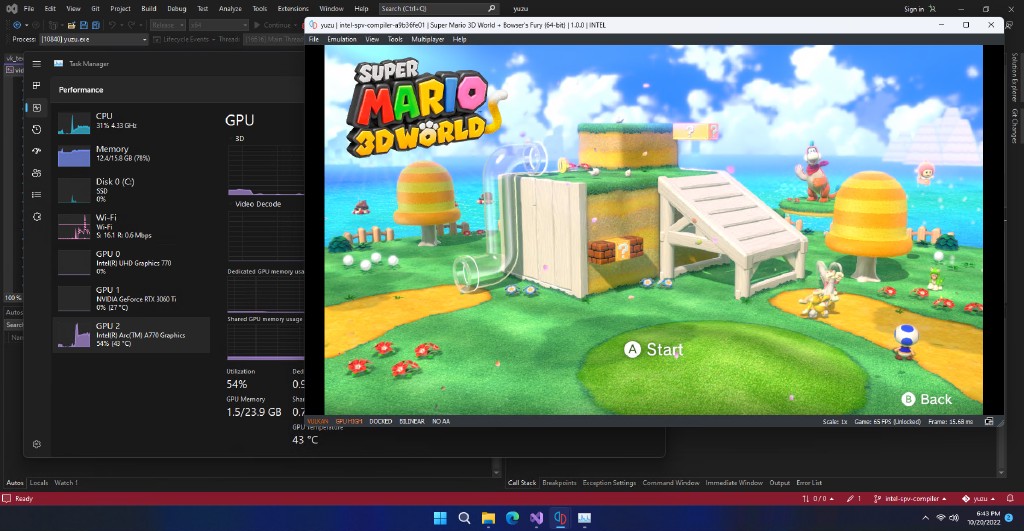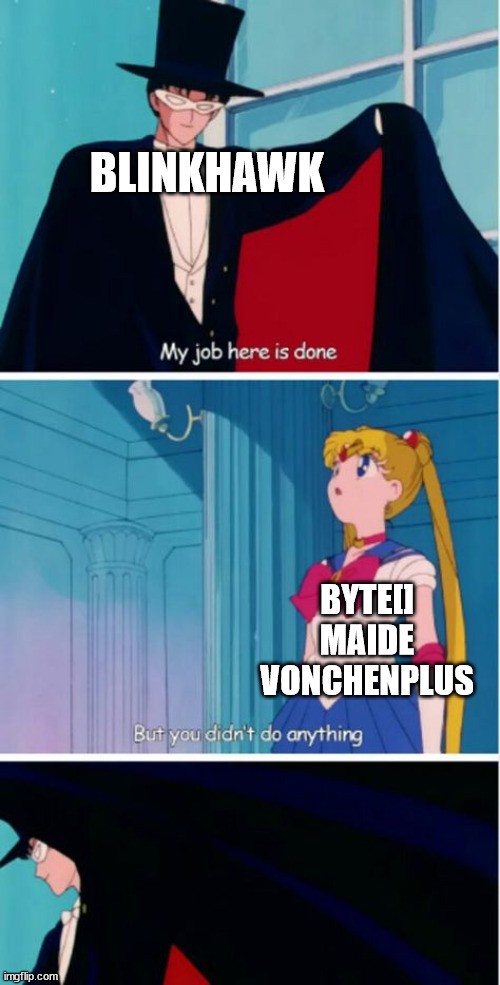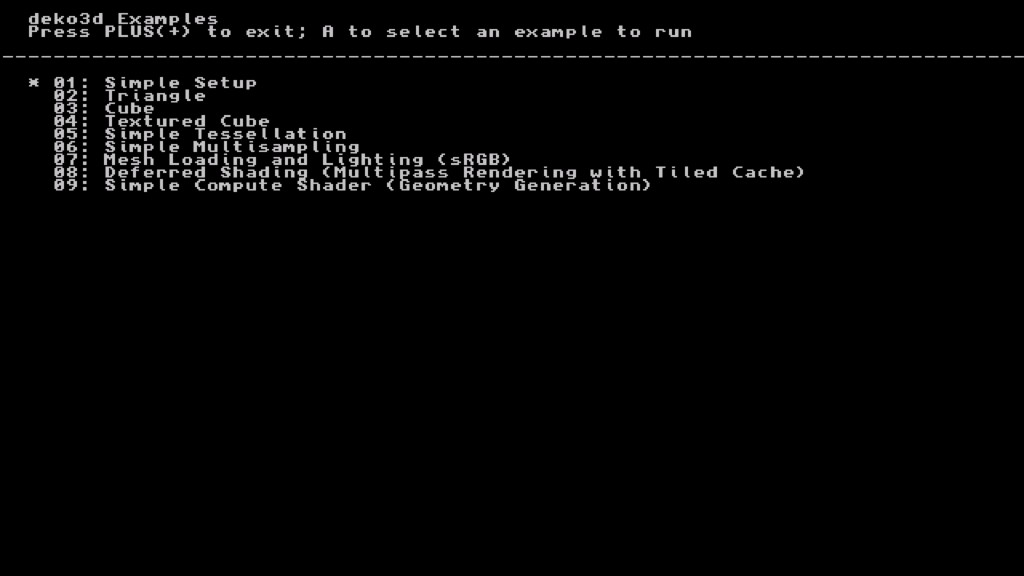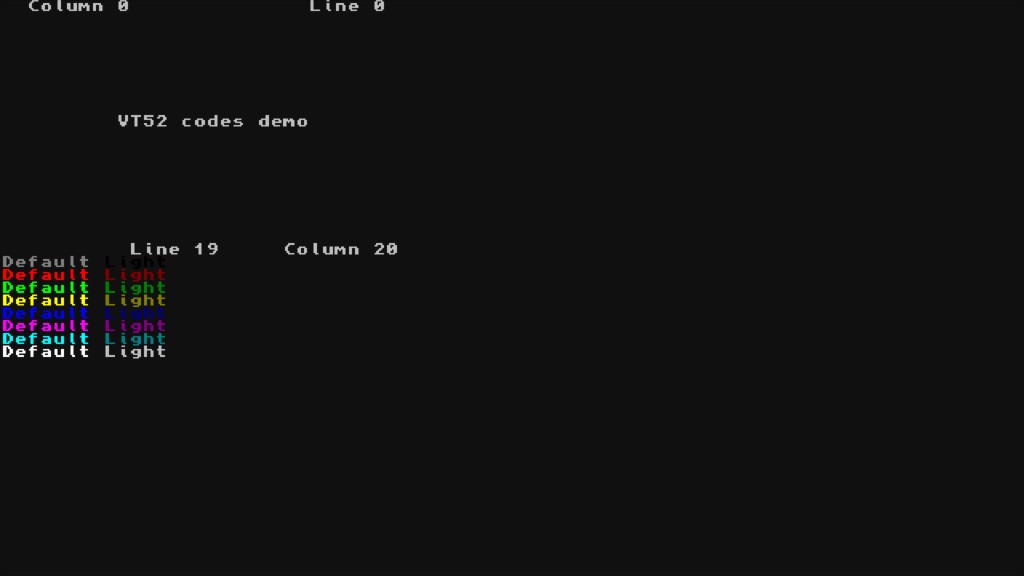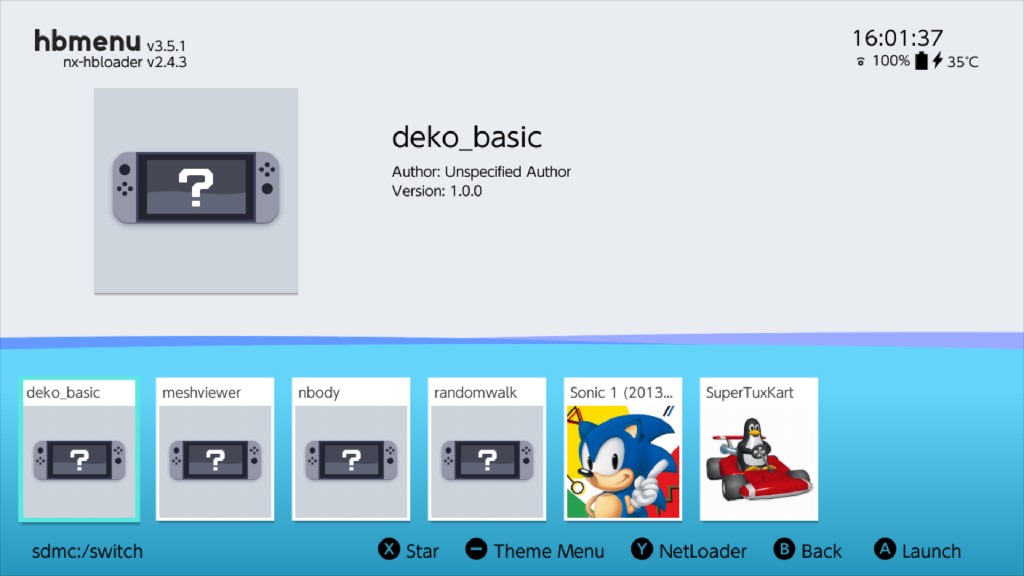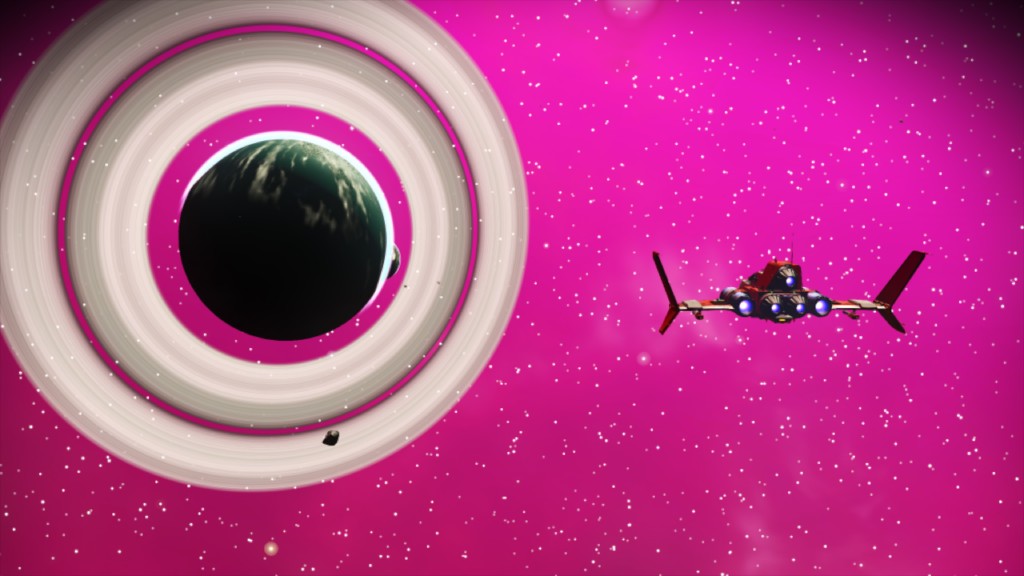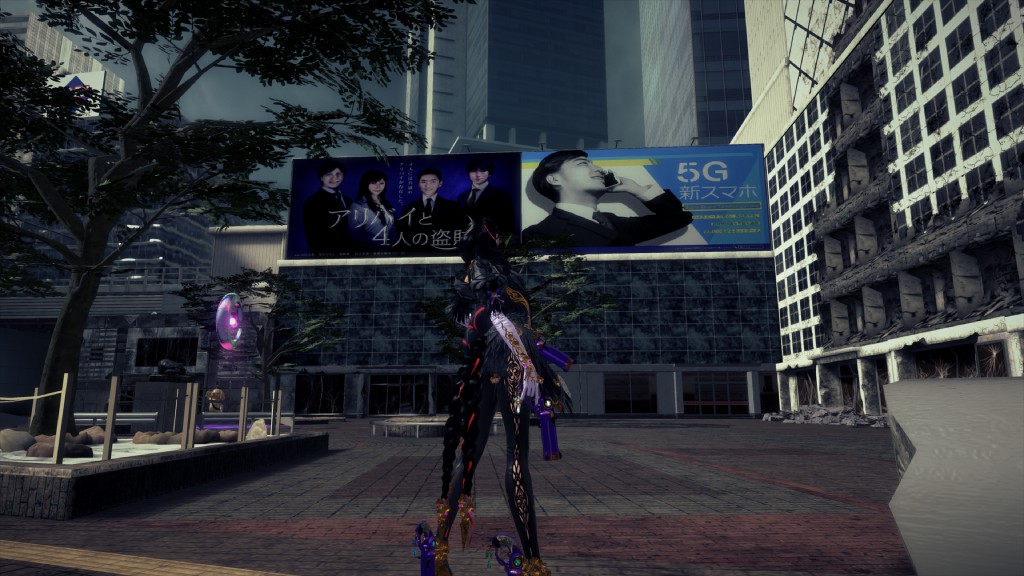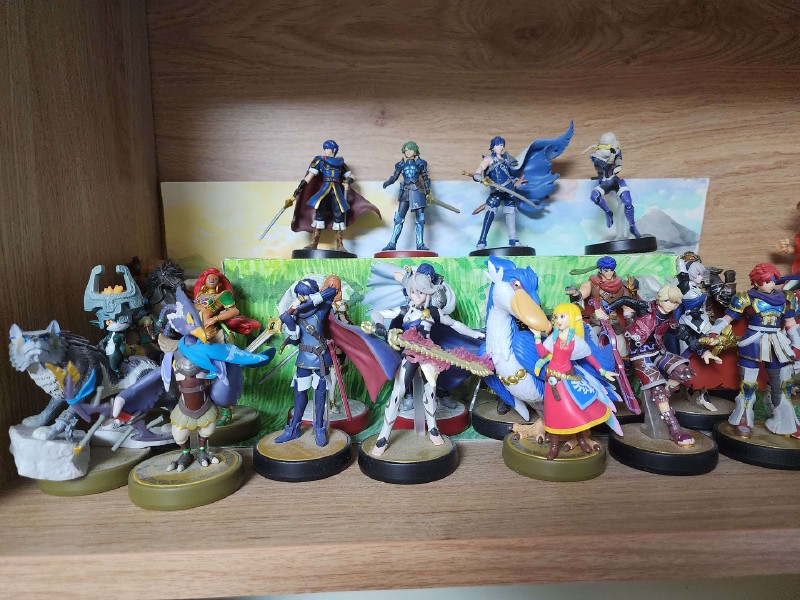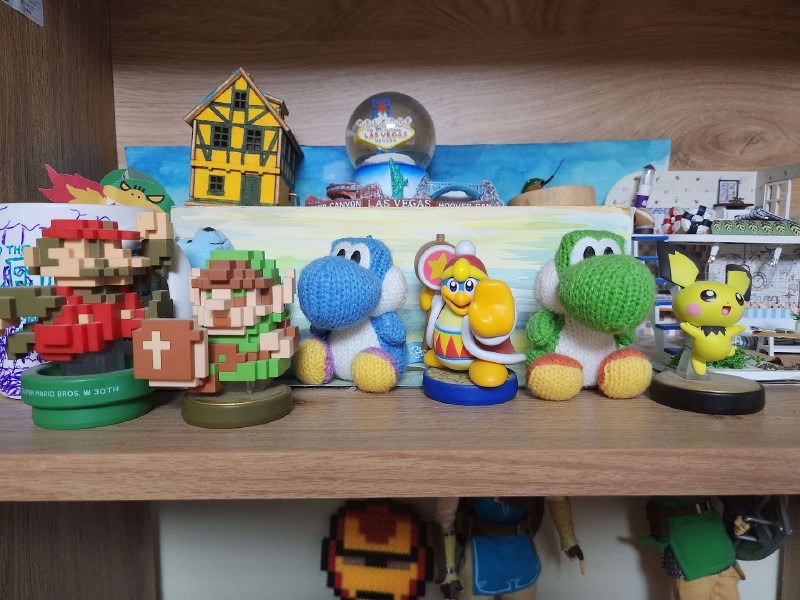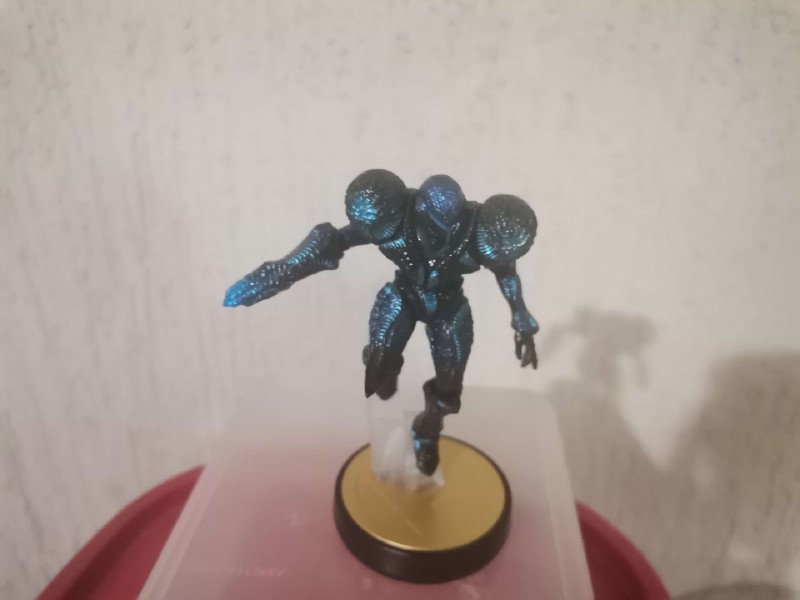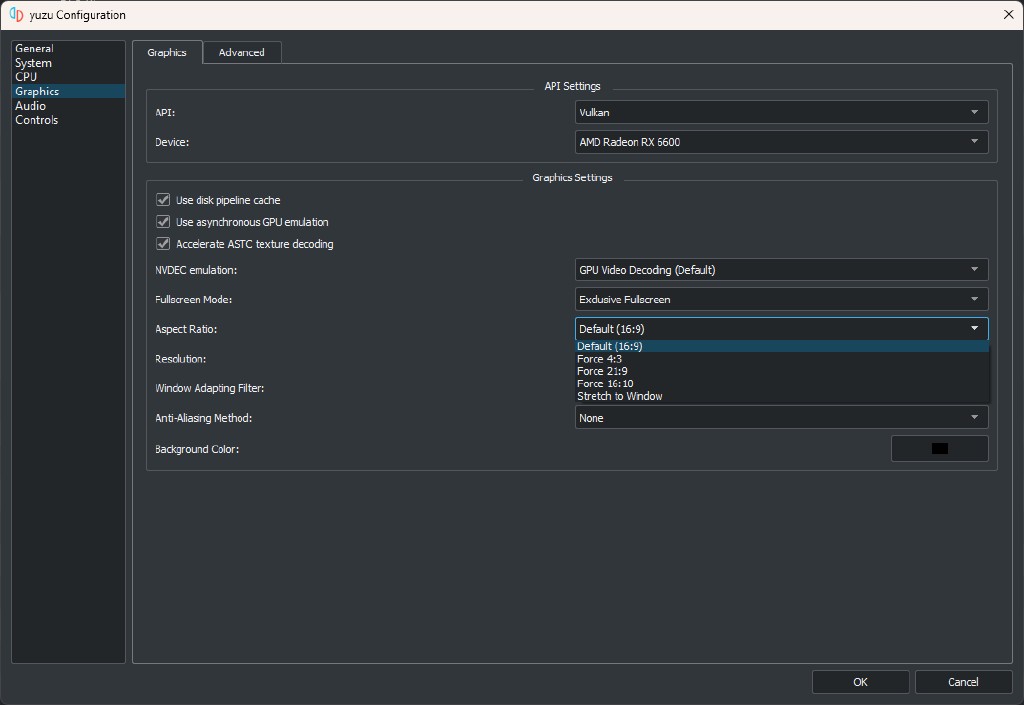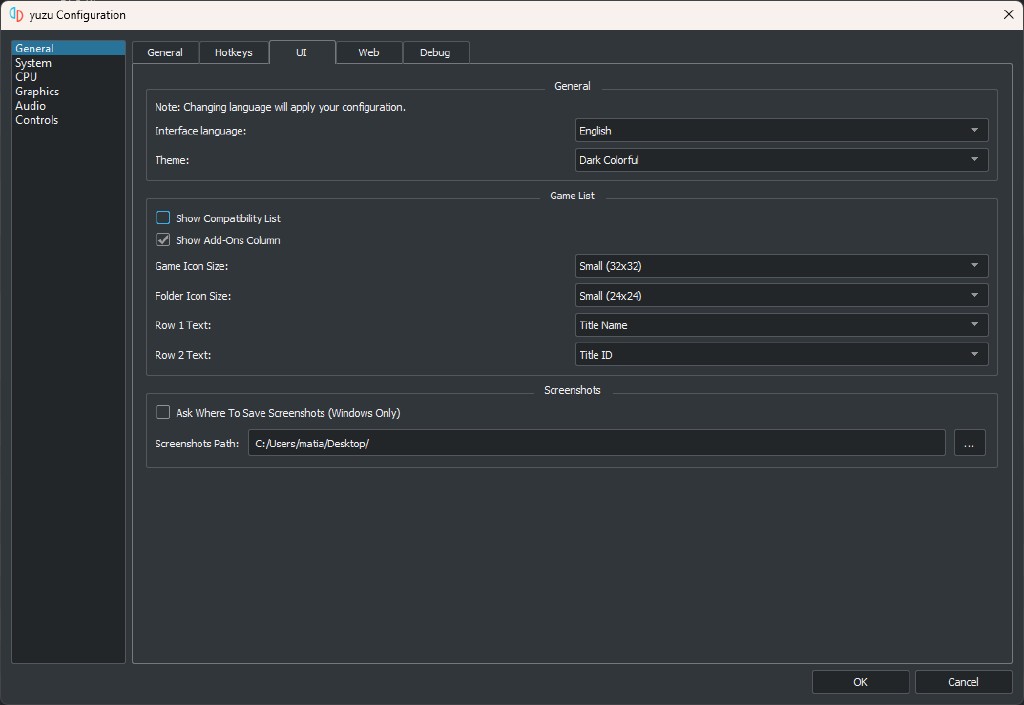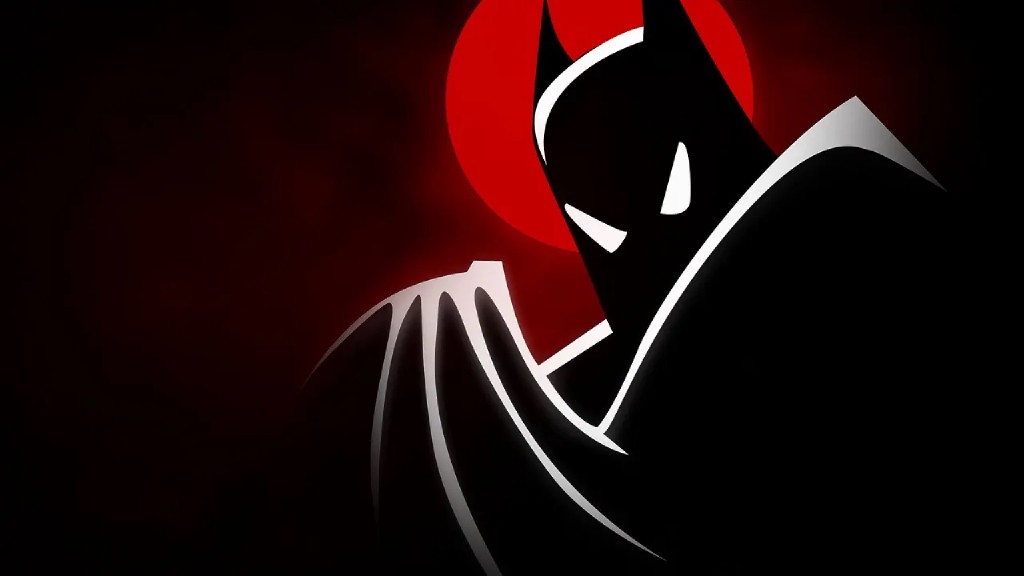Greetings, dear yuz-ers! What a month we’ve had. A dozen graphical fixes, big kernel changes, audio, input and amiibo fixes, and more! Don’t touch that dial, because we’re just getting started!
Graphics and general bug fixes
Let’s start with the meaty part. New month, new games to fix!
Persona 5 Royal, one of two blockbuster releases this month, launched with some mysteriously black battle scenes in Vulkan.
vonchenplus identified this as missing support for special OpenGL-style clear commands which are not supported by the Vulkan specification, and added a workaround to skip clearing
in this case.
More work remains to be done to properly implement these clears in Vulkan, but this allows the game to be playable.
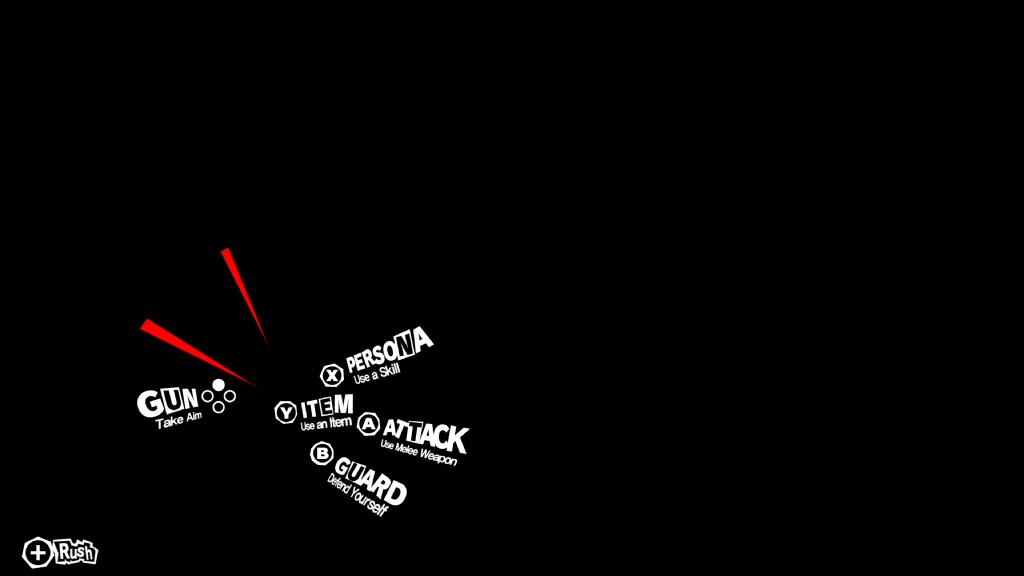
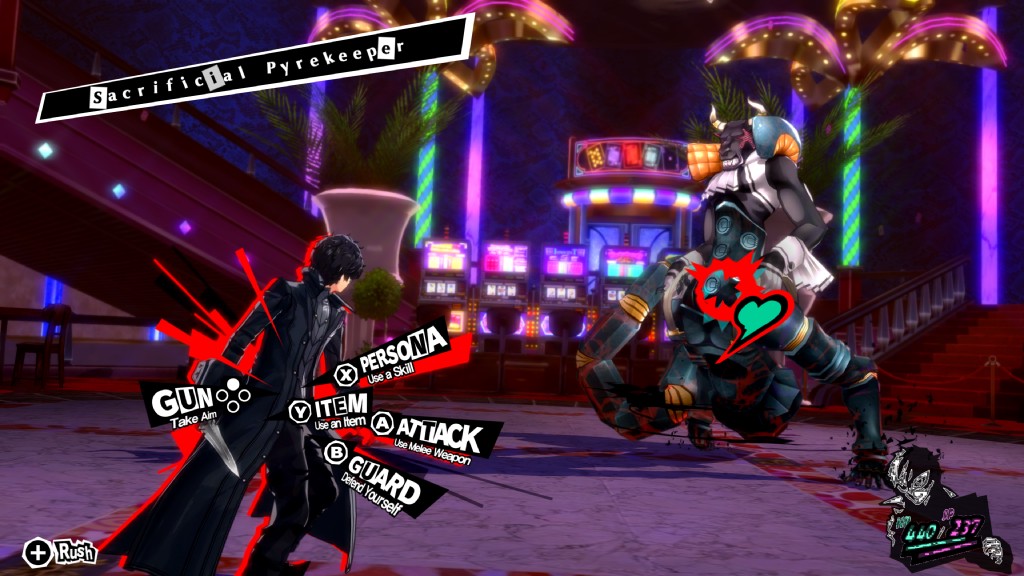
Joker, no stealing the screen! (Persona 5 Royal)
Longtime graphics contributor Blinkhawk has returned from the dead to fix games.
The other major release of this month, Bayonetta 3, came out, and to users’ dismay, it did not work in yuzu.
After defeating the services issue causing it to freeze, Blinkhawk investigated and fixed a rendering issue
causing it to appear white in Vulkan.
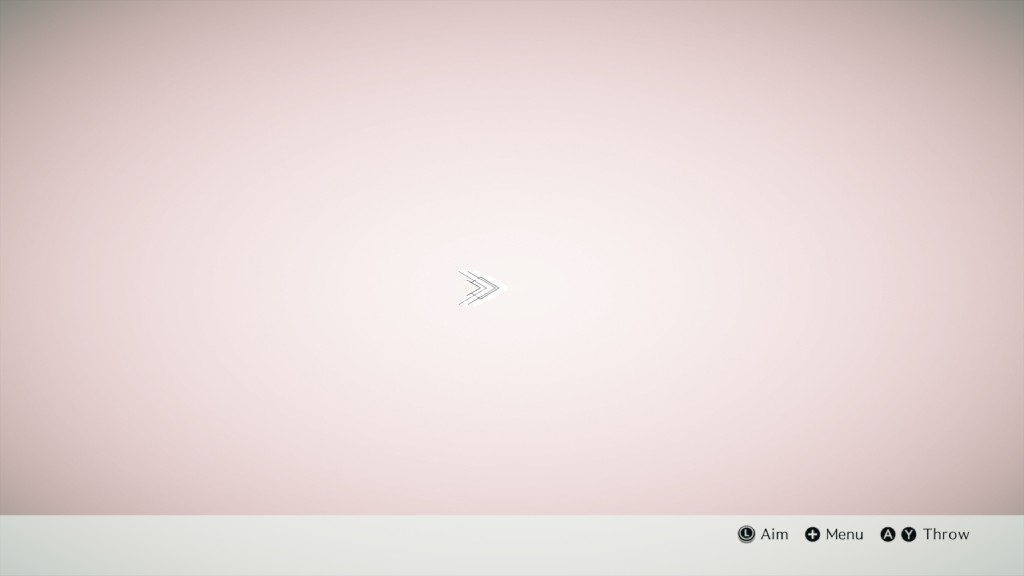
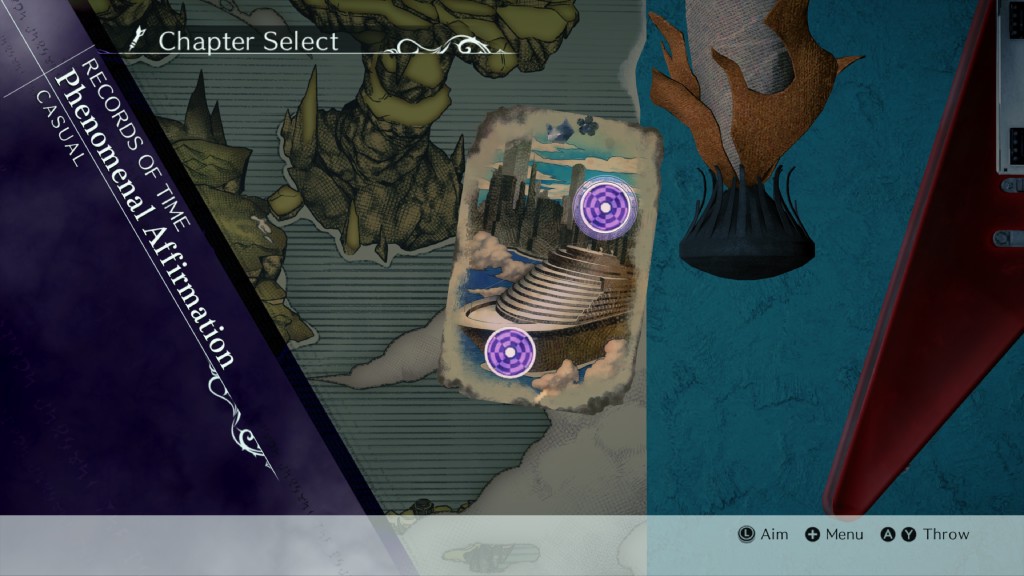
Is this Paradiso? (Bayonetta 3)
A new challenger approaches!
Or rather, a new showing from some older games, Super Mario Sunshine and Super Mario Galaxy.
While rendering bugs were fixed in Vulkan, and OpenGL with the GLSL backend, they are now fixed with the NVIDIA-exclusive GLASM backend,
as byte[] finally acquired some NVIDIA hardware for testing and development.
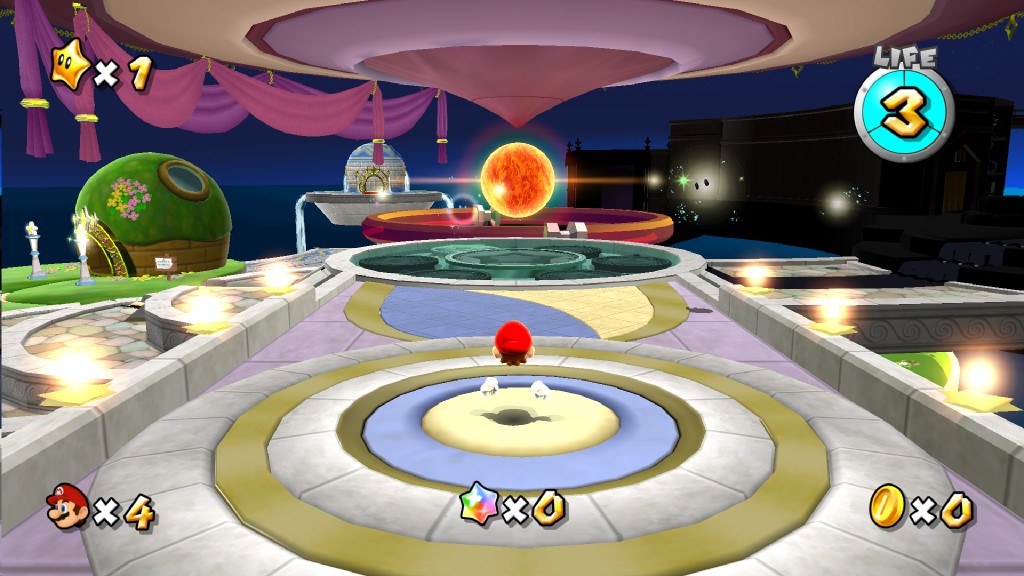
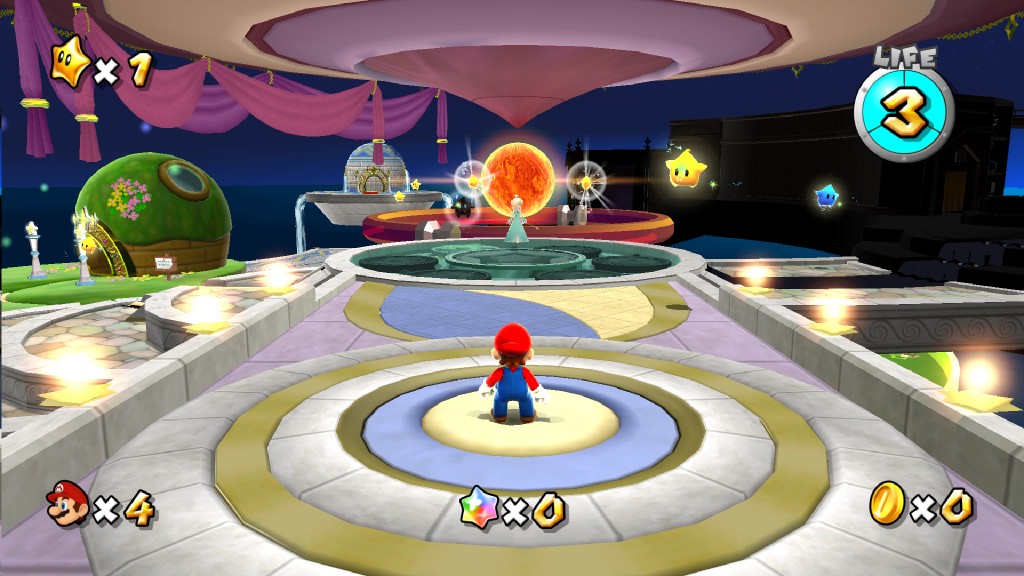
Best. Music. Ever! (Super Mario Galaxy)
An NVIDIA card is not the only new hardware acquired by byte[] this month. He also acquired an Intel Arc A770 16GB, and used it to track down a driver issue. Despite passing all of our validation tests, the Vulkan driver is unable to compile the ASTC decoder used by yuzu, and yuzu unconditionally compiles it at startup. Therefore, byte[] has skipped compiling it if CPU decoding for ASTC is used instead, and filed a report to Intel for their reference. This allows yuzu to boot games in Vulkan when using the Intel Arc Windows Vulkan drivers.
byte[] also found and investigated two issues with the macro JIT this month. The macro JIT is an optimization which recompiles small programs that are uploaded to the GPU to control drawing into native machine code. The first issue he resolved allowed homebrew applications using the deko3d rendering API to finally become visible with the macro JIT enabled.
The second issue was causing MONSTER HUNTER RISE to fail to render most scene elements.
yuzu has had a workaround in Mainline for over a year! However, this papered over this issue, which is why it took so long to get fixed.
byte[] fixed this issue as well, and now all is working as intended
– there are no more known issues with the macro JIT!
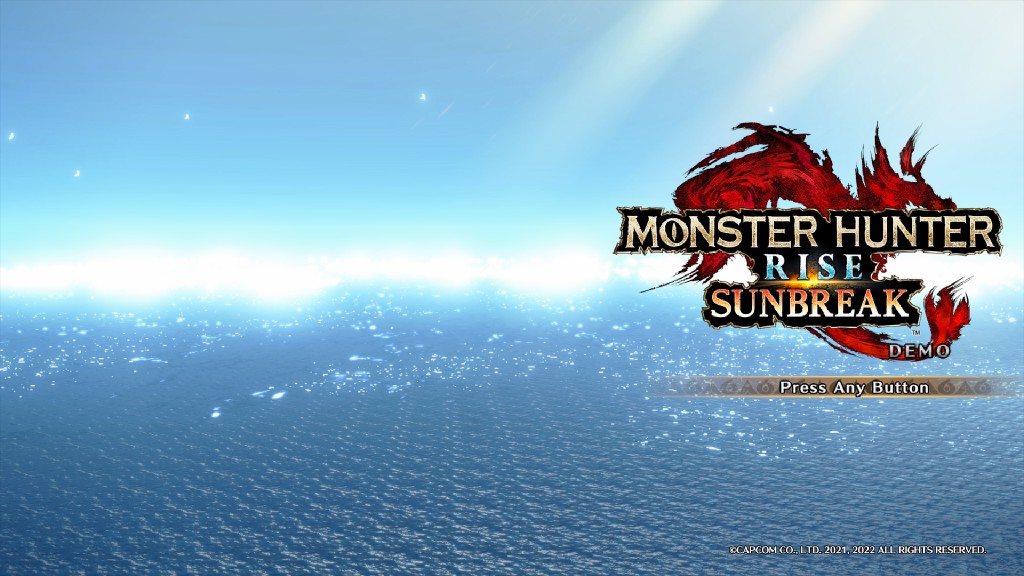
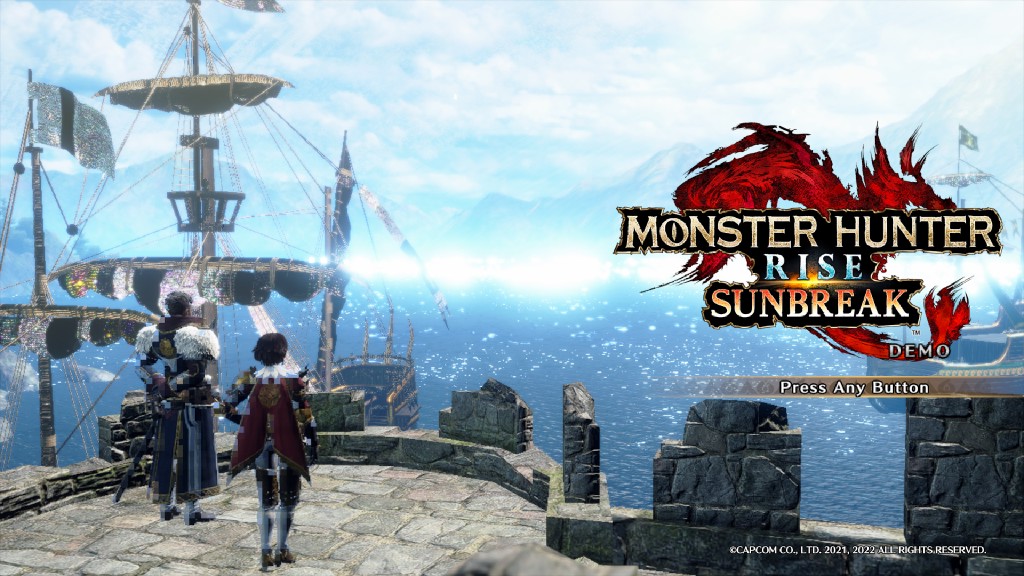
Someone put a world in my ocean (MONSTER HUNTER RISE)
Unfortunately, fixing the accuracy issues in the macro JIT has caused Xenoblade Chronicles 3 to crash at boot with official AMD Vulkan drivers used on Windows and opt-in on Linux (amdvlk).
This issue previously manifested with the macro JIT disabled, and occurs due to a crash that happens when submitting a clear command.
We have reported this as a driver issue to AMD, and they have confirmed they’re looking into the issue.
While we wait for the fix, using OpenGL while running the game on 2x scaling can be a workaround.
Speaking of MONSTER HUNTER RISE, Blinkhawk contributed another fix for the rendering in this game, implementing the ASTC 10x5 format.
Grainy textures begone!
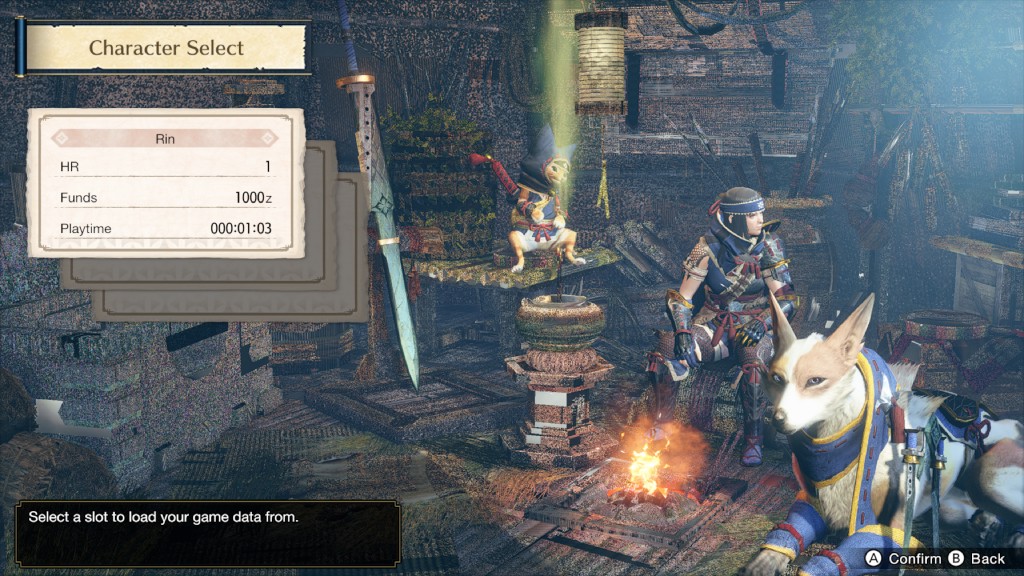
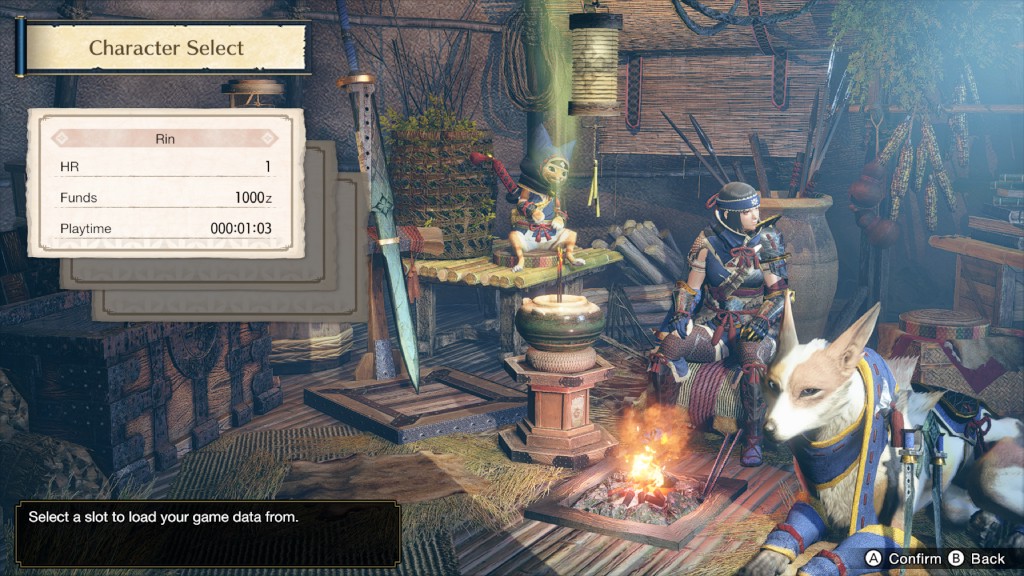
ASTC acne, begone! (MONSTER HUNTER RISE)
byte[] found that while he was debugging graphical issues, yuzu would frequently crash after the merge of Project Y.F.C.
He narrowed it down to some code that was improperly ported from our friends at the Skyline emulator and implemented a fix,
finally allowing him to debug without worrying about the game’s rendering speed causing any issues.
Now, a user’s PC performance won’t be a cause for crashes.
Maide and Morph were on top of two regressions from the merge of the 3D registers pull request from a few months ago. Morph found that the merge was causing many shaders to be recompiled unintentionally, and narrowed it down to a different default value for the tessellation parameters in the register definitions.
Meanwhile, Maide and byte[] worked together to find a strange rendering problem affecting Luigi's Mansion 3, and finally found the issue in the values of the stencil mask registers.
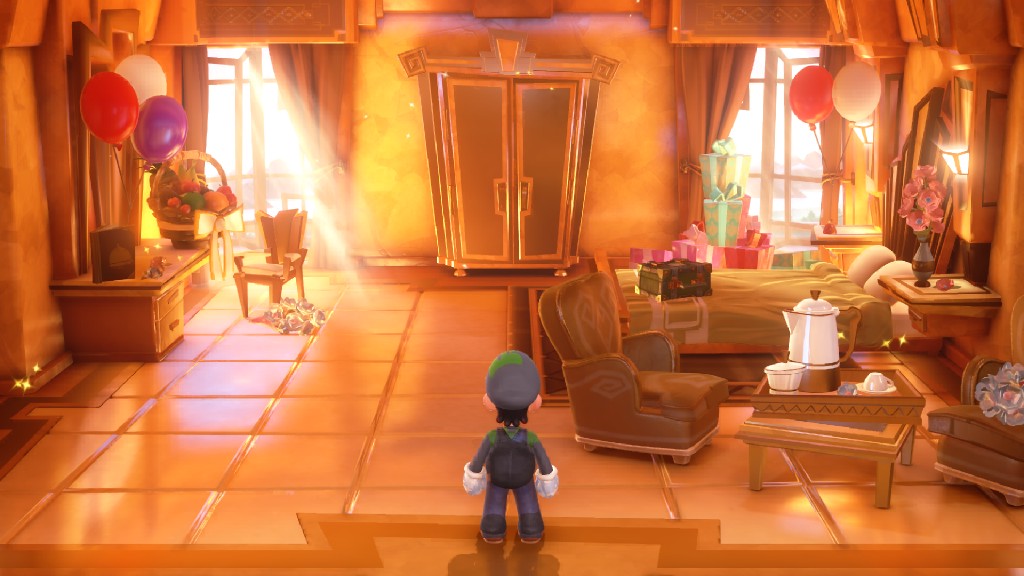
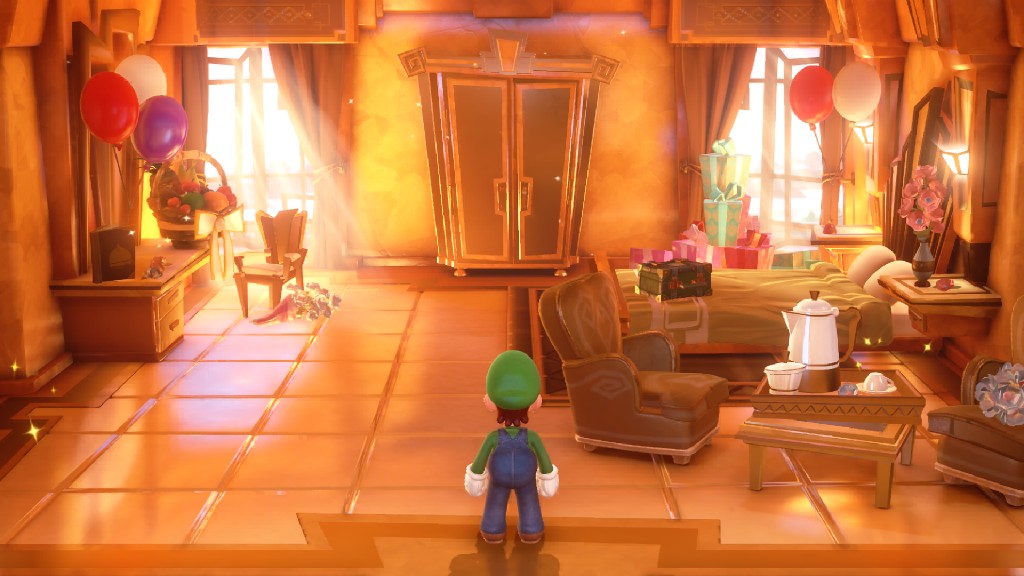
Luigi saw how much an RTX 4090 costs (Luigi's Mansion 3)
vonchenplus found an issue with how a compute shader for TRIANGLE STRATEGY was being compiled by yuzu’s own shader recompiler project, and implemented a fix by deleting a broken optimization pass,
returning blocky rendering to normal.
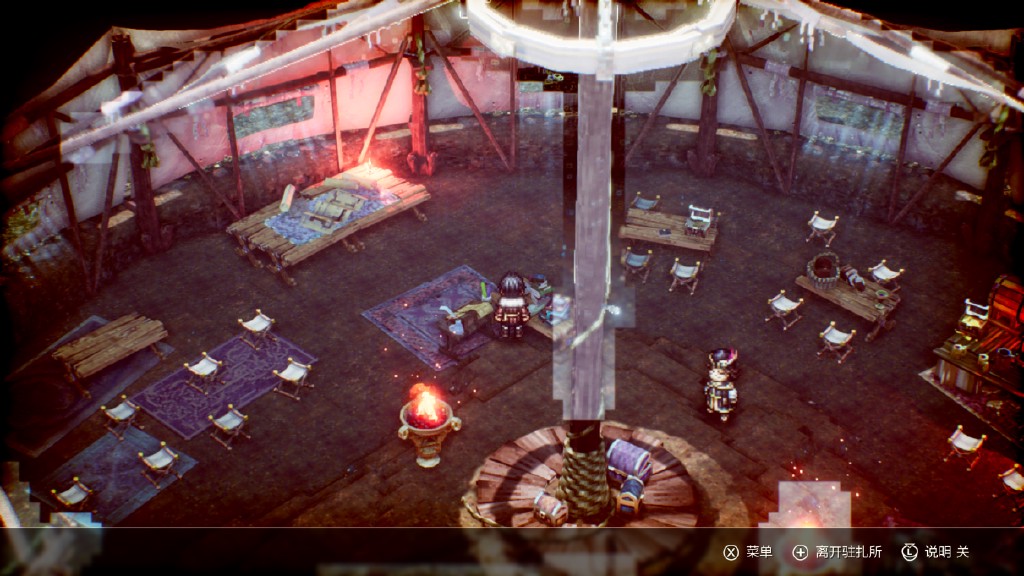
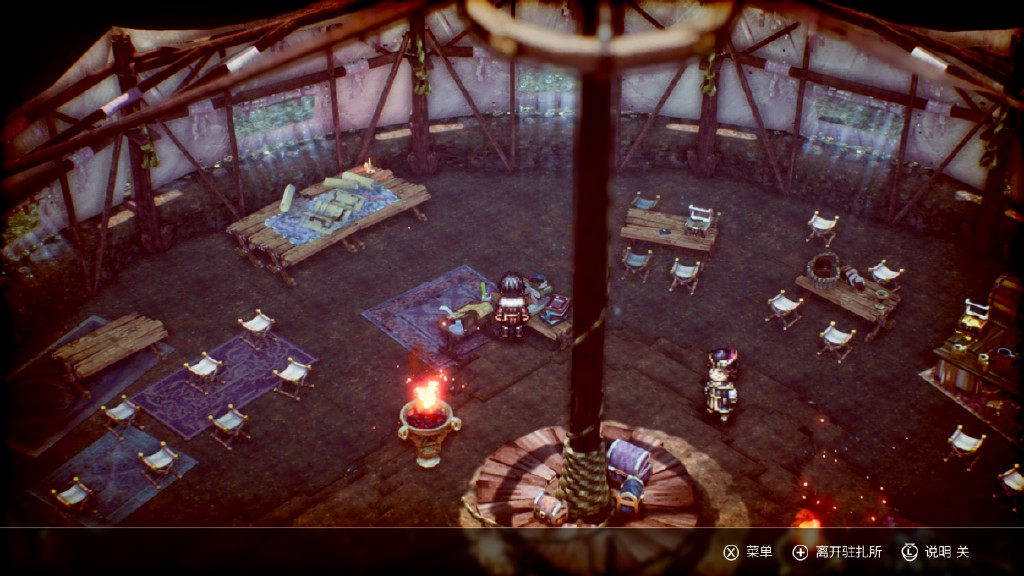
Project Rectangle, I mean, TRIANGLE STRATEGY
Still on a roll, vonchenplus also implemented 1D texture copies.
Normally, the guest driver (the GPU driver included with each game) has to provide what kind of texture type is in use in memory, but thanks to the previously mentioned open documentation NVIDIA provides, we now know that there is a way to set the correct kind when the memory is initialized.
The end result is much improved rendering in Snack World: The Dungeon Crawl - Gold.
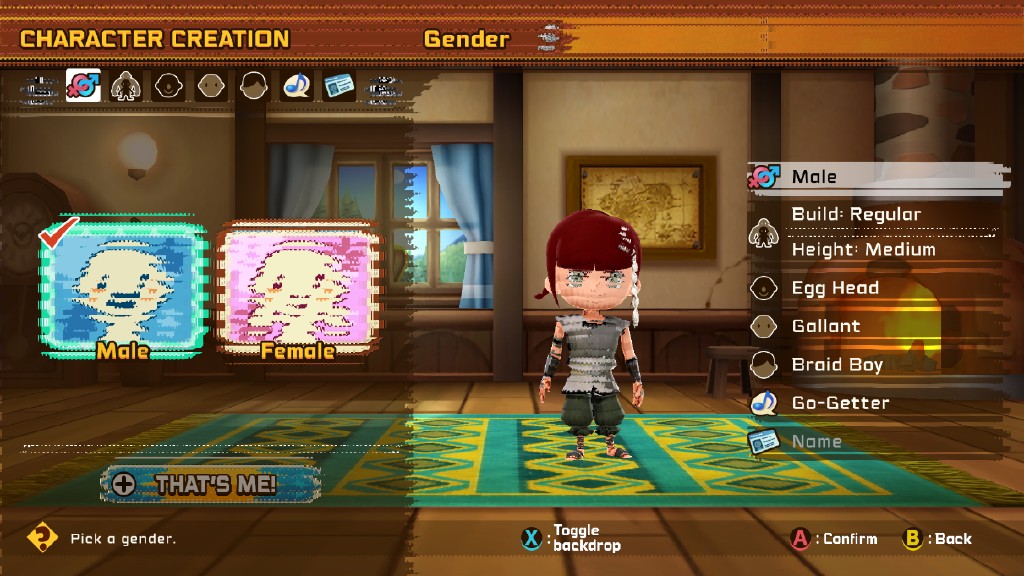
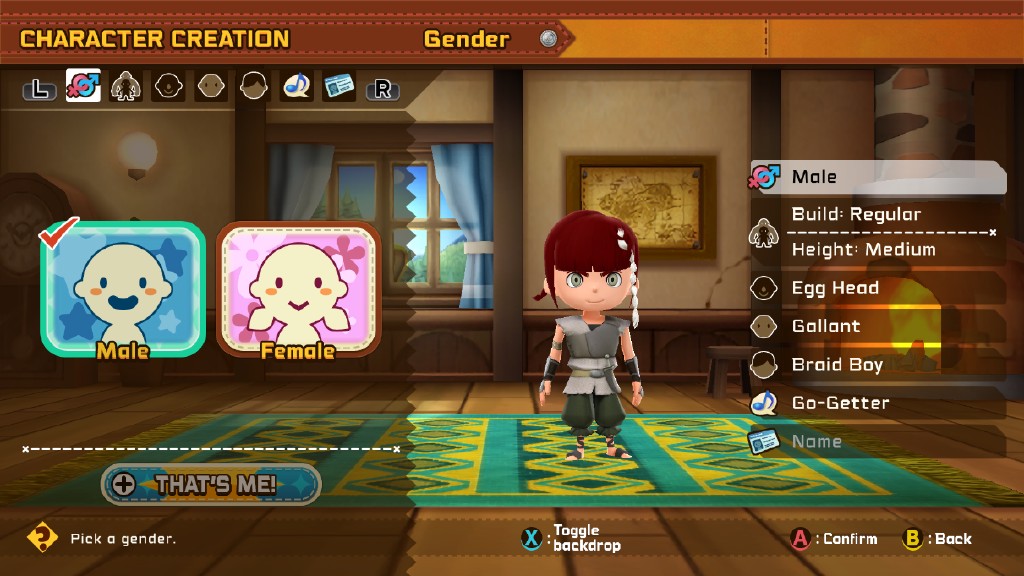
Almost looks like a 3D TV without glasses (Snack World: The Dungeon Crawl - Gold)
With Blinkhawk back, the team can finally start nagging him to fix his changes, more specifically, Project Y.F.C. Part 1.
After addressing some semaphores and cache flush regressions,
Blinkhawk fixed the remaining glitches affecting the ink logic in Splatoon 2 and the models flickering in the ATM in Animal Crossing: New Horizons.
byte[]’s kernel and services work this month has been focused on getting homebrew running, but this also fixed some graphical issues. The first major accomplishment was getting homebrew to run consistently in the first place. byte[] noticed that launching homebrew in yuzu would often cause the entire emulator to lock up in almost 50% of attempts - but only when using Vulkan. After enabling validation layers, and some careful investigation of the messages, he found and fixed a subtle race condition in Vulkan queue submission, finally enabling homebrew apps to work reliably with Vulkan.
vonchenplus has also been on the ball with homebrew support this month, gifting yuzu corrected support for instanced draws and the zany inline index 3D registers,
fixing gpu_console and allowing the Sonic 1 (2013) homebrew game to render in yuzu.
The usual slate
of regressions
associated with these types of changes, this time affecting Super Mario 64, Super Mario Galaxy, Xenoblade Chronicles 3, and Animal Crossing: New Horizons, have also been identified and fixed.
Yes Doctor, all the nostalgia directly to my bloodstream (Sonic 1 2013)
Finally, byte[] implemented a fix for the intense, seizure-inducing flickering produced when launching homebrew from the homebrew menu when Vulkan is enabled, which was caused by not recreating the images intended for presentation. Now, you can launch console homebrew from the homebrew menu, just like on the Switch!
Switching topics to a minor (but quite annoying) issue, we have a quality of life improvement from byte[]. In the past, writing screenshots taken in yuzu to disk would noticeably block rendering the game. The user would perceive this as a relatively short freeze (the length of this freeze varies according to the size of the resolution multiplier used). byte[] made this fully asynchronous, allowing for smooth gameplay even during particularly intensive photo shoots.
CPU, Kernel, services, and core fixes
A fix for CoreTiming accuracy from a few months ago, as part of Pull Request #8650, was added to intentionally waste CPU cycles until a certain amount of time had passed, due to extremely poor support in Windows for high precision timing events. But in Linux, this fix isn’t needed, as Linux natively supports high-precision delays. byte[] modified the behavior, allowing Linux users to take advantage of this and lower the high CPU usage. Remember when we say that yuzu is faster on Linux? This is a great example of what we mean.
No Man's Sky was released and our tester, Law, found that it could boot with auto-stubbing enabled.
byte[] investigated the log file and stubbed the previously unimplemented calls, CheckFriendListAvailability
and GetCacheStorageSize,
allowing No Man's Sky to boot.
Bayonetta 3’s release caused some issues that were tricky to track down.
Your resident bunnei rabbit properly implemented ListOpenContextStoredUsers, and the related StoreOpenContext which is used to set stored opened user profiles.
ListOpenContextStoredUsers was causing Bayonetta 3 to crash on startup.
Fixing the stubs
allowed the game to finally boot, and while it is now playable, it is quite slow still.
Stay tuned for performance optimizations that will benefit this game!
german77 took part in the fun, stubbing the SetRecordVolumeMuted service, allowing the game to boot.
Another notable release from bunnei this month was the start of the multiprocess project. Since the very beginning, yuzu has only ever supported a single-process architecture, as games only ever use one process on the Switch. However, to help improve yuzu’s accuracy for Switch software, yuzu has been focusing on getting key operating system features working, and one of the most important is multiprocess support, since this corresponds to how Switch software actually works.
byte[] and bunnei have been hard at work getting certain prerequisites available for multiprocess support. One of those is support for server sessions,
needed for the nx-hbloader homebrew.
This is used on the Switch to launch homebrew, and is needed for homebrew that do not work when launched directly from their NRO file.
Additionally, byte[] needed to fix several services,
as the previous stub implementations had assumed that they would never be torn down.
With these changes, and the associated graphical fixes, nx-hbloader and nx-hbmenu now finally work as intended!
To use them, you can extract hbl.nsp and hbmenu.nro from your Atmosphere installation.
Place hbmenu.nro in yuzu’s SD card directory, and then launch hbl.nsp, and the homebrew menu will boot.
They launch now (Homebrew menu and Sonic 1 2013)
Let’s talk about amiibos. Amiibo data is stored both encrypted and as plain data. To access the encrypted portion, a key dump is required, but not all games use the encrypted portion and are just fine with the plaintext available. For those cases, german77 now marks amiibos as read-only if no key dumps are available. This won’t replace dumping your amiibo keys if a game needs it, but many games will be fine with just a basic level of read-only detection.
Thank you Gidoly and german77 for the pics!
Input improvements
yuzu performs vibration tests every time a game initializes a controller for vibration, but the problem (there’s always a problem) is that some controllers take longer than others to respond. Previously, a fixed 15ms delay was implemented, because some controllers simply needed that much time to respond. If the game performs successive vibration tests, the game is delayed until the controller responds, which results in a reduced framerate, for example, from 60 to 32 FPS. All that performance being lost waiting on a bad quality controller is a tragedy.
So, a better middle ground is needed. Thankfully, german77 came up with a much smarter solution. Instead of repeating the test each time, it’s better to cache it the first time and return that same result afterwards. A nice, free, performance boost for those of us who use generic controllers.
Newcomer ZwipZwapZapony (love the name) fixed a copy-paste oopsie in how left and right controller colours are identified. Thank you!
Audio changes
Have you ever noticed how in motherboard BIOS/UEFI settings, the Auto option seems to do nothing, and instead simply reflects the first option available in the list?
Well, we cheated exactly like that for years. The Auto audio backend option only selected cubeb every time by default. The shame.
Maide found out that some audio devices incur a huge latency when using cubeb, so he decided to perform a latency test
and select either cubeb or SDL based on the results.
toastUnlimited then addressed a regression caused by this change, avoiding a crash.
New Switch firmware versions usually come with their fair share of new services and additions, so in an effort to avoid potential problems in future games, Maide implemented some new parameters that Nintendo added to their audio core with firmware 15.0.0.
User interface improvements
Some users prefer displays closer to the golden ratio, the glorious 16:10 aspect ratio.
While Switch games are not intended to be played outside the standard 16:9 aspect ratio, some users are fine with stretching the image to fill their whole display, even if it means some slight distortion.
This has been increasingly popular with the release of the Steam Deck, which uses a 16:10 display, sporting a 1280x800 resolution.
There’s also the option of the community coming up with different aspect ratio mods for each game, allowing for proper use of those nice extra pixels.
german77 took the time to add this new option to the aspect ratio list,
which you can find in Emulation > Configure… > Graphics > Aspect Ratio.
Docteh, Morph, and lioncash (who diverted some time from the usual, making sure all PRs submitted to yuzu are sane) had their fair share of fixing spelling mistakes. Happens to the best of us.
In an effort to help reduce user confusion while we rework our compatibility reports, Docteh added a new option to hide the compatibility rating column
from the game list by default.
Anyone interested in reverting it back can find it in Emulation > Configure… > General > UI > Show Compatibility List.
Keep in mind, reports will not be accurate while we work to implement the new report system.
Not everyone prefers to have their games listed in English in the game list, many would rather have them in their native language, or at least another option from the official languages the Switch supports. vonchenplus worked to solve this, and now yuzu prioritizes displaying the games in the user selected language.
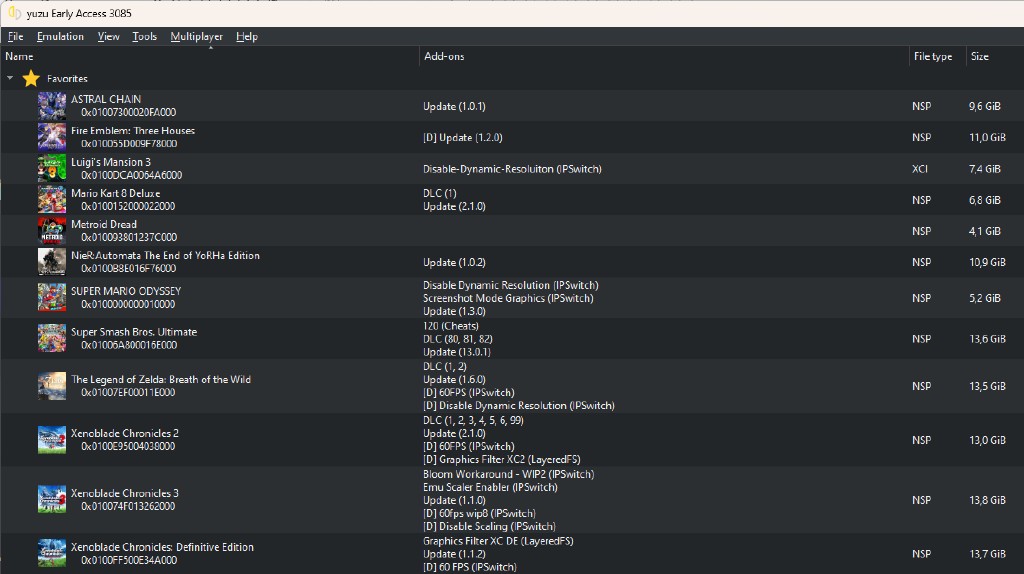
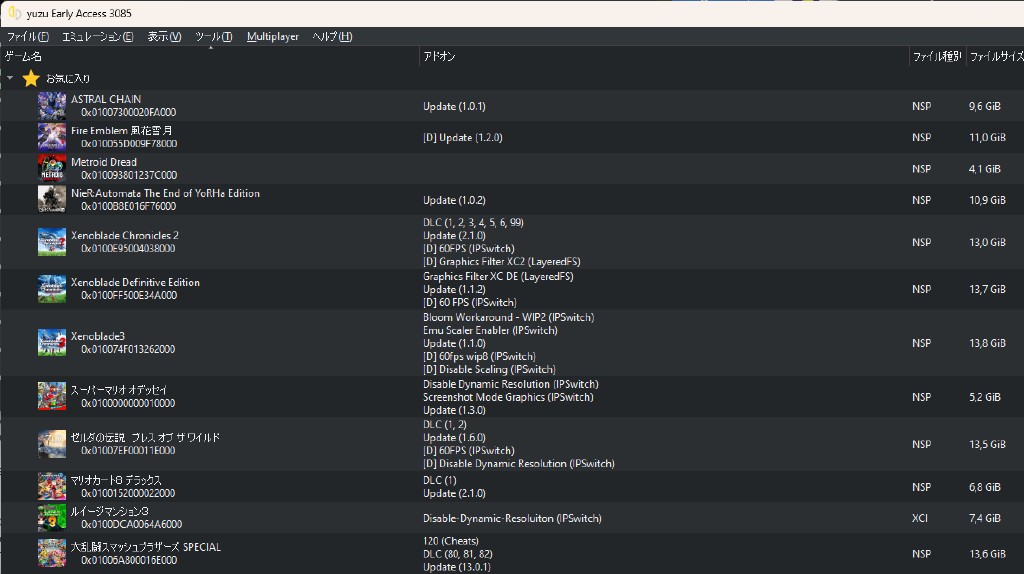
Even if working online forces you to constantly use English, reading in your native language is always the best
Hardware section
This section will be short this month as most things are in progress!
AMD, WIP
As we said previously, we got confirmation from AMD that they are looking into the cause for the crashes at boot now affecting Xenoblade Chronicles 3, along with other previously reported fixes.
Future drivers will be fun to test.
NVIDIA, one step closer
We’re making some slow progress in the matter of stability problems affecting Maxwell and Pascal cards. It’s too early to promise anything, so we’ll keep you updated. In the meantime, if you MUST run the latest drivers, use OpenGL.
Hopefully the next mid-range cards won’t be the same cost as an entire PC.
Intel Arc, let’s go!
With games now working on Vulkan thanks to byte[], we only need proud owners of Team Blue cards reporting issues on our GitHub. Message to Intel: there are sales outside of Europe, China, and the USA. Please start shipping already so your writer can start testing…
This goes for you too, GabeN.
Future projects
With all the regressions caused by the first part of Project Y.F.C., Blinkhawk has started providing internal testers with the first test builds of some of the changes Part 2 will include.
As with any first try, there are of course regressions, but some long-standing issues are already fixed in these builds, so expect more news in future articles.
Not forgetting our file system rewrite, Project Gaia, Morph implemented support for the incoming save data path structure.
Work on Gaia continues, some roadblocks were hit, slowing progress down, but Morph pushes on.
Special thanks to Mysterious Writer B for their big help while your writer is half dead dealing with classes.
That’s all folks! Thank you for your time and see you next month!
Please consider supporting us on Patreon!
If you would like to contribute to this project, check out our GitHub!
Advertisement
Advertisement
